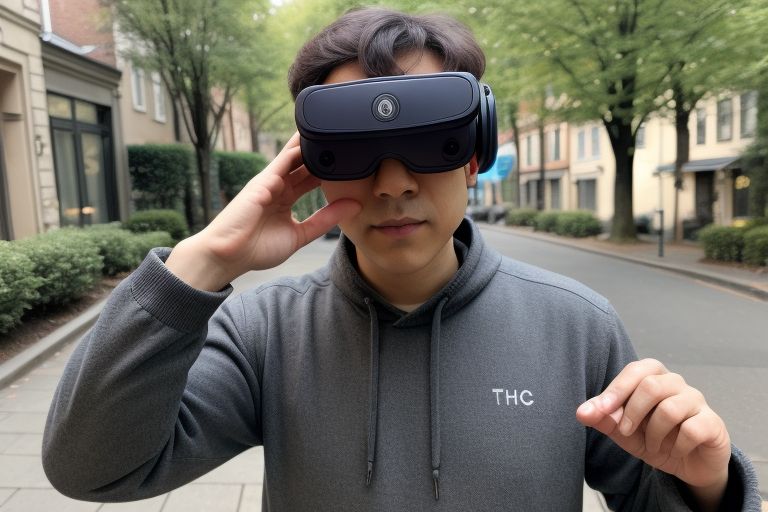
Audio in Enhancing Augmented Reality Experiences
Augmented reality (AR) is rapidly transforming various industries by overlaying digital information onto the real world, but the visual elements alone do not make for a fully immersive experience. Audio plays a crucial role in enhancing the realism and depth of AR, making it a more engaging and effective technology. This article explores how sophisticated audio solutions are integrated into AR applications to improve user interaction and immersion.
Understanding Augmented Reality and Audio Integration
AR technology enhances the user’s perception of the real world by adding visual, haptic, and audio layers. While much attention is given to the visual aspect of AR, audio is equally important. Spatial or 3D audio in AR can make digital content interact with the environment in a more lifelike manner, significantly enhancing the user’s immersive experience.
The Impact of Audio on AR Experiences
- Spatial Awareness: Audio cues in AR can provide users with information about the direction and distance of objects or events that are not visible. For instance, hearing a sound coming from behind the user can prompt them to turn around, revealing additional AR content or information.
- Enhanced Realism: Accurate audio effects synced with visual elements make AR experiences feel more real. For example, the sound of footsteps on different surfaces (wood, metal, etc.) can add depth and texture to the AR simulation.
- User Interaction: Audio feedback in AR applications can guide users through tasks, provide confirmation of actions, or alert them to changes. This interaction is crucial in educational or training settings where step-by-step guidance is needed.
Technological Aspects of AR Audio
Creating effective AR audio involves several technologies and techniques:
- Binaural Audio: This technique uses two microphones, typically in a dummy head, to record sound. Playback through headphones gives the listener the sense of 3D spatial hearing, mimicking how humans perceive sound.
- Ambisonics: A full-sphere surround sound technique used especially in 360-degree videos and VR, ambisonics can also enhance AR applications by allowing sounds to be heard from above, below, and all around the user.
- Acoustic Echo Cancellation: Essential for AR applications that rely on speech interaction, this technology ensures that audio outputs from the device do not interfere with the inputs, such as user commands or questions.
Applications of Enhanced Audio in AR
The integration of audio in AR is not just about entertainment; it has practical applications across various fields:
- Retail: AR apps can guide users through a store with audio prompts, help them locate products, or provide information about sales and features.
- Education and Training: AR can simulate real-world scenarios where learners can interact with the environment. Audio cues can direct attention or provide contextual information without cluttering the visual field.
- Navigation: AR navigation apps can benefit greatly from spatial audio cues, helping users navigate complex spaces like airports or shopping malls more intuitively.
- Gaming: Audio enhances the gaming experience by providing a more immersive and interactive environment, making gameplay more engaging and realistic.
Challenges and Future Directions
While integrating audio into AR offers many benefits, it also presents challenges:
- Hardware Limitations: Ensuring that devices are capable of processing and delivering high-quality spatial audio requires advanced hardware which can increase costs.
- User Acceptance: Users need to adapt to audio cues in AR, which can be less intuitive than visual information, particularly for those new to AR technology.
Looking ahead, the future of AR audio is promising, with continuous advancements in sound technology and integration methods. Developers and researchers are exploring how to make AR audio more seamless and natural for users, potentially using AI to customize soundscapes to individual preferences or contexts.
Conclusion
Audio is a critical component of augmented reality, adding a layer of depth and realism that enhances the overall user experience. As AR technology continues to evolve, the role of audio will likely grow, leading to more immersive, intuitive, and interactive AR applications that could revolutionize how we interact with our environment.


